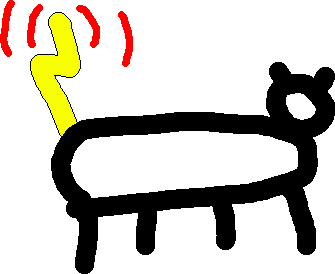At the 38th Chaos Communications Congress, [Frostie314159] and [Jasper Devreker] gave us a nice update on their project to write an open-source WiFi stack for the ESP32. If you’re interested in the ESP32 or WiFi in general, they’ve also got a nice deep dive into how that all works.
On the ESP32, there’s a radio, demodulator, and a media access controller (MAC) that takes care of the lowest-level, timing-critical bits of the WiFi protocol. The firmware that drives the MAC hardware is a licensed blob, and while the API or this blob is well documented — that’s how we all write software that uses WiFi after all — it’s limited in what it lets us do. If the MAC driver firmware were more flexible, we could do a lot more with the WiFi, from AirDrop clones to custom mesh modes.
The talk starts with [Jasper] detailing how he reverse engineered a lot of Espressif’s MAC firmware. It involved Ghidra, a Faraday cage, and a lucky find of the function names in the blob. [Frostie] then got to work writing the MAC driver that he calls Ferris-on-Air. Right now, it’s limited to normal old station mode, but it’s definite proof that this line of work can bear fruit.
This is clearly work in progress — they’ve only been at this for about a year now — but we’ll be keeping our eyes on it. The promise of the ESP32, and its related family of chips, being useful as a more general purpose WiFi hacking tool is huge.

















